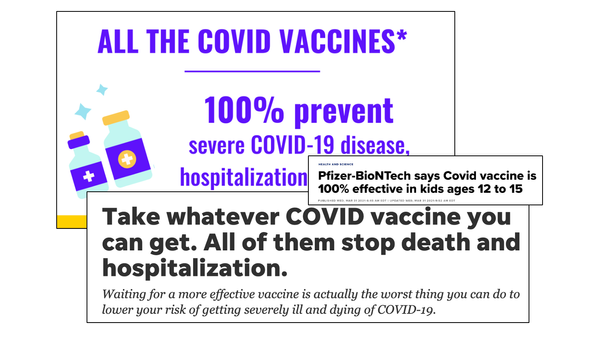Visualizing contagion: how infectious is delta?
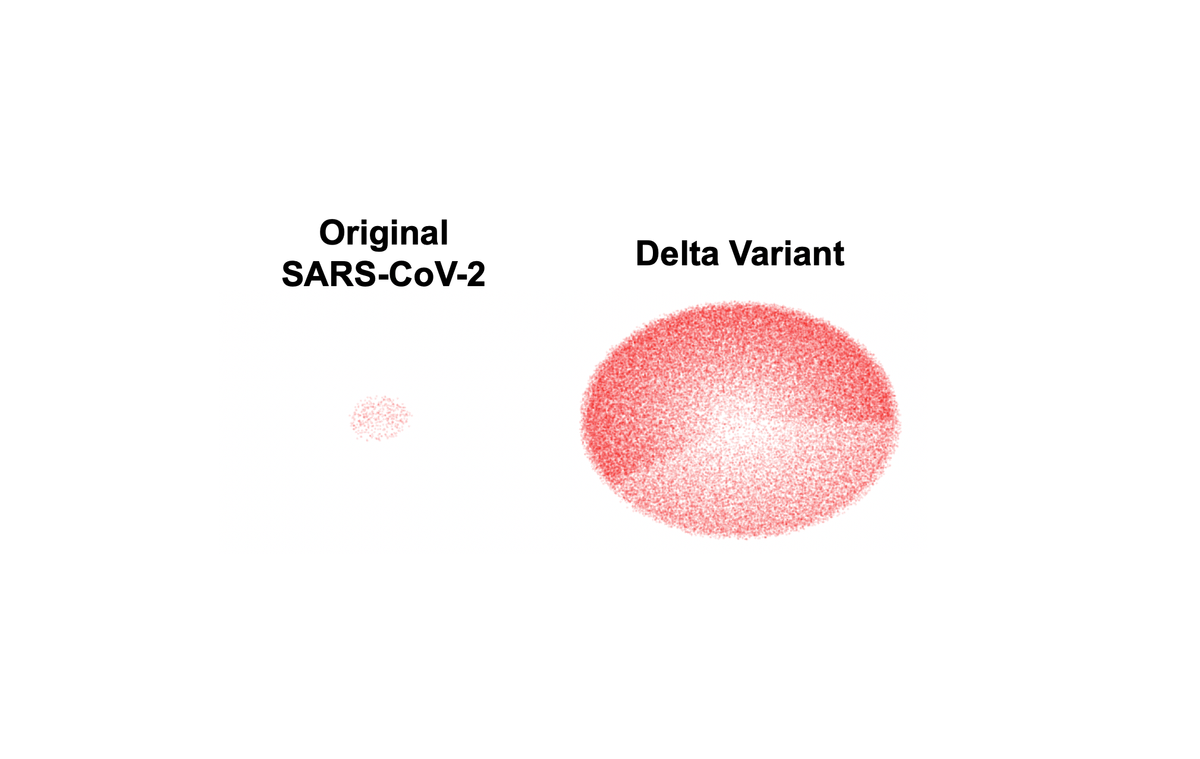
This week’s CDC announcement came with a new revelation about delta: it’s even more contagious than we previously realized.
The Washington Post reported the details of an internal CDC document which included new data on the R0 estimate for delta. R0 is a measure of how contagious a pathogen is — it measures how many people, on average, a single infected person will go on to infect. For example, an R0 of 2 would mean that on average, every infected person will infect 2 more people. R0 does not tell you how deadly the pathogen is; it only tells you how easily it spreads. The original SARS-CoV-2 virus was estimated to have an R0 of 2-3, making it far more infectious than the seasonal flu (R0 ~1.3).
So just how contagious is delta? The CDC estimate says the R0 of delta is somewhere between 5 and 10. This puts delta in the range of the super infectious pathogens like chickenpox. (And, yes I am old enough that I actually *had* chickenpox. It was the worst. I have never been so itchy in my life.)
This jump in contagiousness between the original SARS-CoV-2 strain and delta may not seem like much: 5-10 isn’t that much higher than 2-3, is it?
Unfortunately, it is. When it comes to R0, we’re not talking about linear growth, we’re talking about exponential growth. This is often hard to wrap ones head around, so here are some visualizations to help illustrate the difference. In each of these visualizations, one red dot is one new infected person.
Seasonal Flu
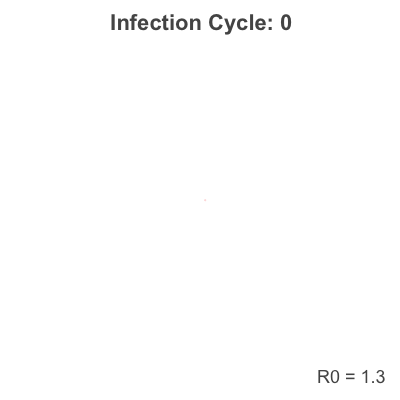
Original SARS-CoV-2 Strain
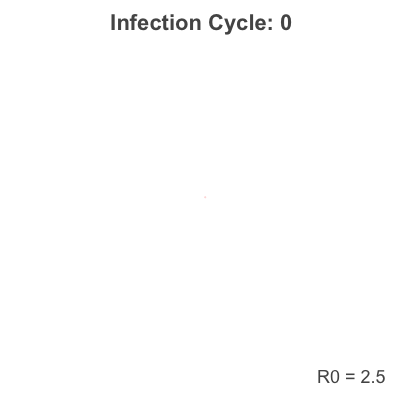
Delta
(Conservative Estimate)

Delta
(Less Conservative Estimate)
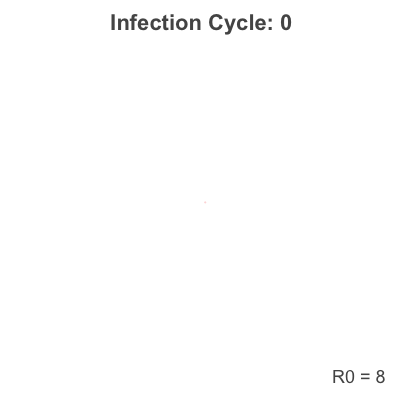
Why is delta so contagious?
Delta tricks human cells into making way more copies of itself compared to previous variants. One study revealed that the viral load (number of viral copies) is 1,000 times higher for delta compared to the original SARS-CoV-2 strain. Viral load plays a big role in whether or not a person gets sick: if a person is exposed to higher levels of the virus, they are more likely to become infected.
Is the R0 fixed?
Thankfully, no! We can reduce the R0 with our behavior. While inherent properties of the virus are part of what determines R0 (such as the amount of viral copies a given variant produces), human behavior also influences R0. Vaccination, masks, and social distancing all make it less likely than an infected person will transmit the virus to others, which means that these behaviors reduce the R0 in real world settings.
Do the vaccines still work against delta?
Thankfully, yes. While some breakthrough infections are expected, so far the data shows that vaccination significantly reduces the risk of symptomatic disease and death, even for delta. Check out this post for more details on breakthrough infections and vaccine efficacy against delta.
Would you like to share these visualizations on social media? You can share them on twitter, facebook, or instagram below (or just share this post!)

